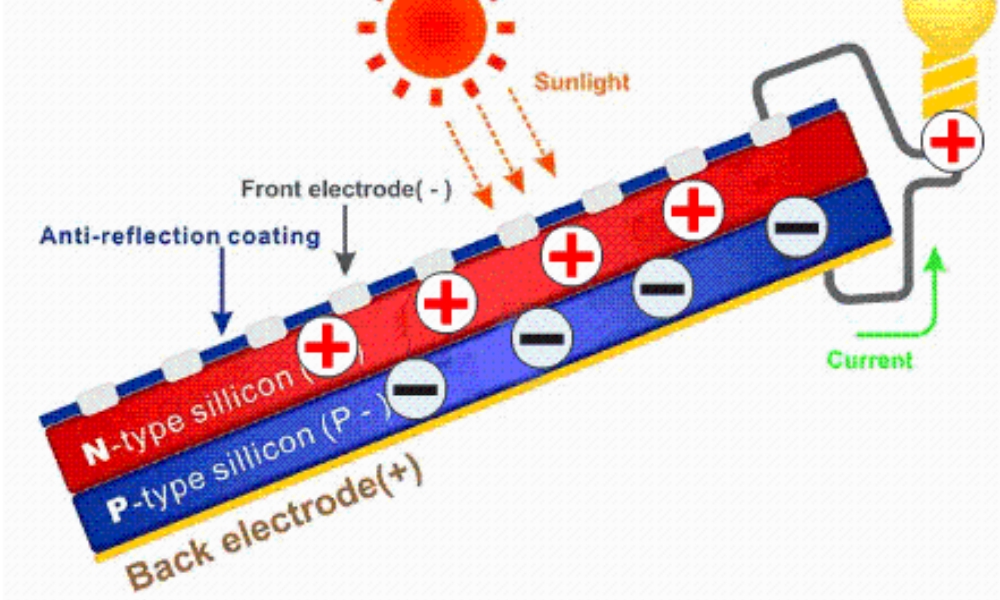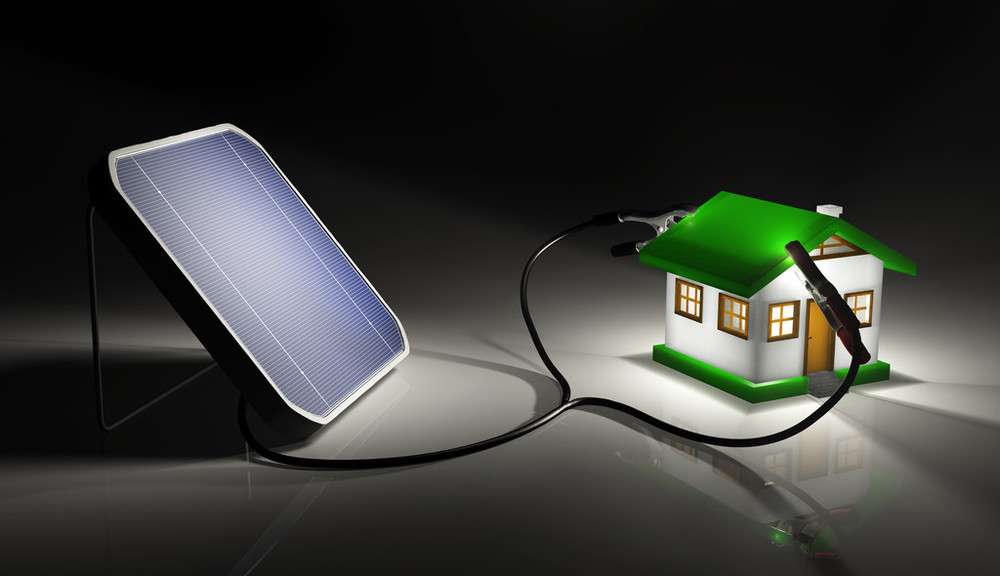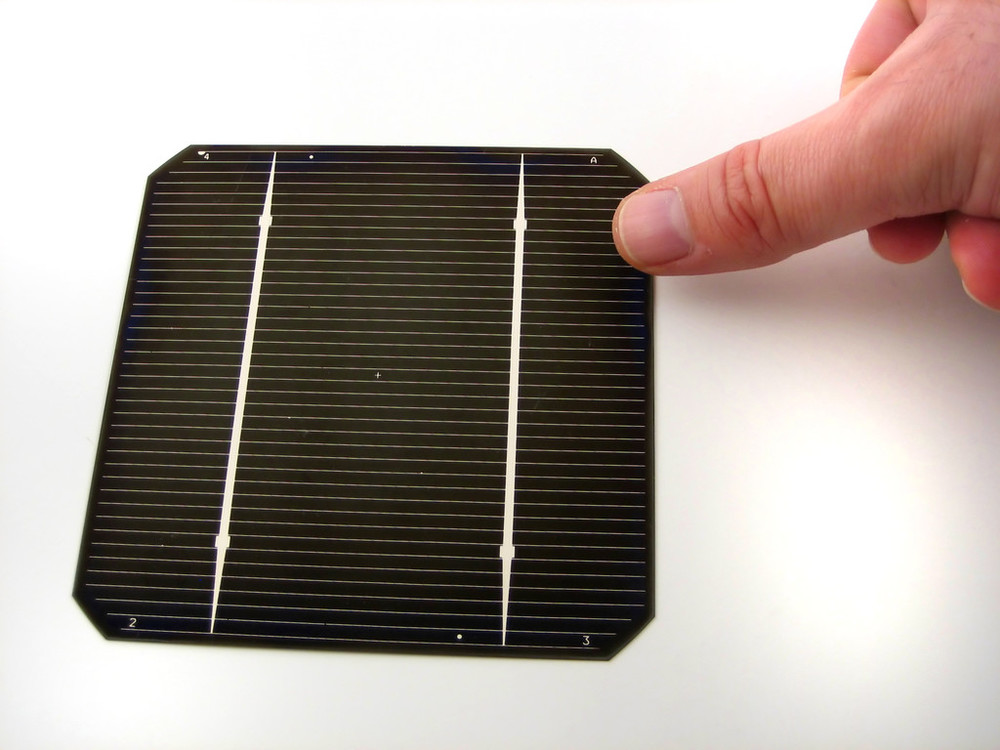Home > > 33.2%11 New World Record Born! Saudi KAUST researcher has created a new efficiency record for perovskite series photovoltaic cells
33.2%11 New World Record Born! Saudi KAUST researcher has created a new efficiency record for perovskite series photovoltaic cells
 5/9/2023 12:56:11 PM
5/9/2023 12:56:11 PM FNEPower
FNEPower 2461
2461
Recently, Professor Mai Yaohua from the New Energy Technology Research Institute of Jinan University has obtained independent third-party certification for over 36% of the conversion efficiency of large-scale perovskite indoor photovoltaic modules, which is currently the highest reported value in the world. The relevant research results are published in Advanced Science.
In recent years, solar cell technology using perovskite materials as light absorbing layers has received widespread attention. The use of photovoltaic cells to collect indoor weak light energy can be widely used in industrial internet of things, smart home, smart travel and other fields, but it requires a wide optical band gap to achieve high conversion efficiency. The optical bandgap of the perovskite light absorption layer can be adjusted over a wide range, making it possible to obtain high conversion efficiency photovoltaic devices. Currently, teams have reported indoor perovskite photovoltaic cells with efficiency exceeding 40%.
However, the high content of bromine (Br) in the wide bandgap perovskite film can easily cause phase separation and affect the performance of the device. The Mai Yaohua team studied the relationship between the bandgap of perovskite photovoltaic cells and indoor photovoltaic performance, and found that in addition to phase separation, the Br vacancy defect in the perovskite light absorption layer is also one of the main factors limiting the open circuit voltage of the cells. The use of iodine rich (I) alkali metal small molecule materials can effectively solve the problem of Br vacancies and improve the conversion efficiency of devices under low light conditions. Under a TL84 light source of 1000 lux, the perovskite indoor photovoltaic module with an effective area of 12.30 square centimeters achieved an independent third-party certified conversion efficiency of 36.36%, which is the highest reported conversion efficiency of perovskite weak light modules in the world.
At the same time, the team developed a prototype of an indoor light energy collection system based on perovskite photovoltaic modules, achieving functions such as indoor light energy collection, maximum power point tracking, electricity and battery management, environmental temperature and humidity collection, Bluetooth communication, and no charging. In addition, the team pointed out that accurate testing of indoor photovoltaic cell performance and standardization of testing procedures are crucial for the industrialization of this technology.
In recent years, solar cell technology using perovskite materials as light absorbing layers has received widespread attention. The use of photovoltaic cells to collect indoor weak light energy can be widely used in industrial internet of things, smart home, smart travel and other fields, but it requires a wide optical band gap to achieve high conversion efficiency. The optical bandgap of the perovskite light absorption layer can be adjusted over a wide range, making it possible to obtain high conversion efficiency photovoltaic devices. Currently, teams have reported indoor perovskite photovoltaic cells with efficiency exceeding 40%.
However, the high content of bromine (Br) in the wide bandgap perovskite film can easily cause phase separation and affect the performance of the device. The Mai Yaohua team studied the relationship between the bandgap of perovskite photovoltaic cells and indoor photovoltaic performance, and found that in addition to phase separation, the Br vacancy defect in the perovskite light absorption layer is also one of the main factors limiting the open circuit voltage of the cells. The use of iodine rich (I) alkali metal small molecule materials can effectively solve the problem of Br vacancies and improve the conversion efficiency of devices under low light conditions. Under a TL84 light source of 1000 lux, the perovskite indoor photovoltaic module with an effective area of 12.30 square centimeters achieved an independent third-party certified conversion efficiency of 36.36%, which is the highest reported conversion efficiency of perovskite weak light modules in the world.
At the same time, the team developed a prototype of an indoor light energy collection system based on perovskite photovoltaic modules, achieving functions such as indoor light energy collection, maximum power point tracking, electricity and battery management, environmental temperature and humidity collection, Bluetooth communication, and no charging. In addition, the team pointed out that accurate testing of indoor photovoltaic cell performance and standardization of testing procedures are crucial for the industrialization of this technology.






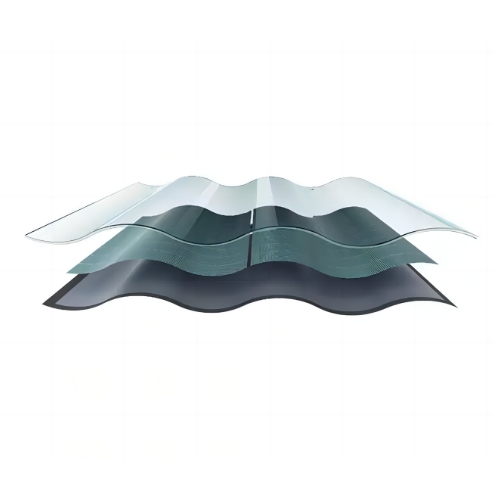
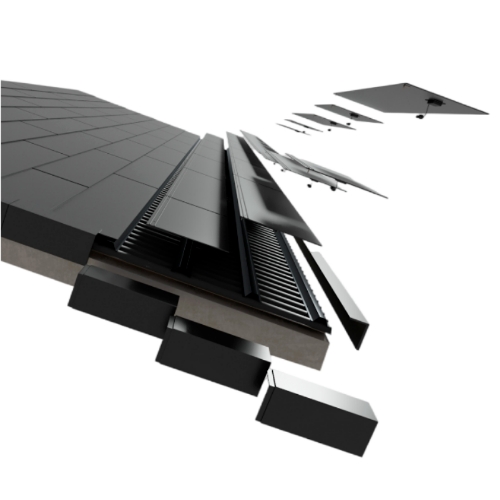
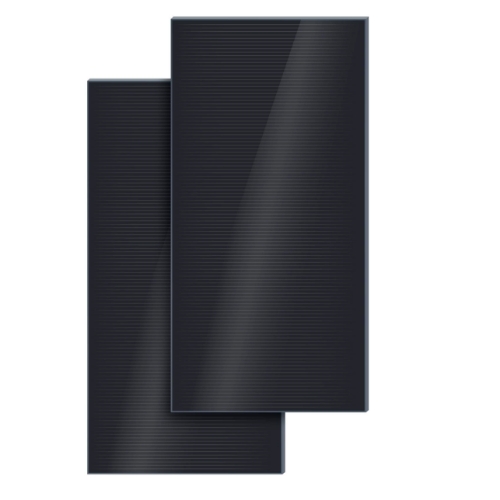
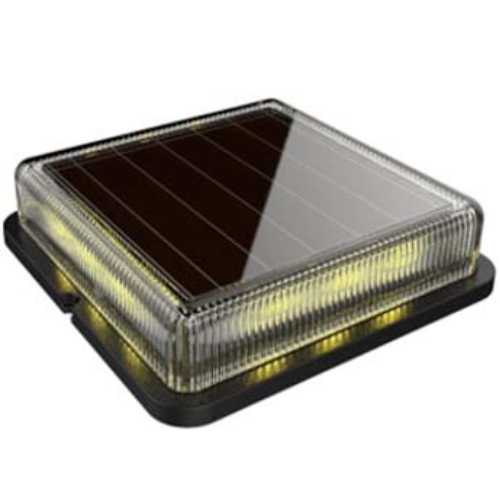
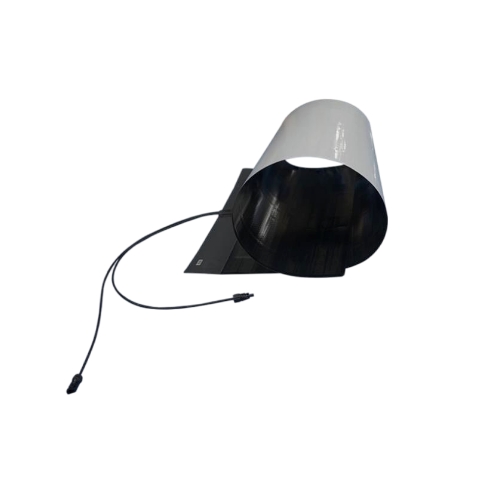
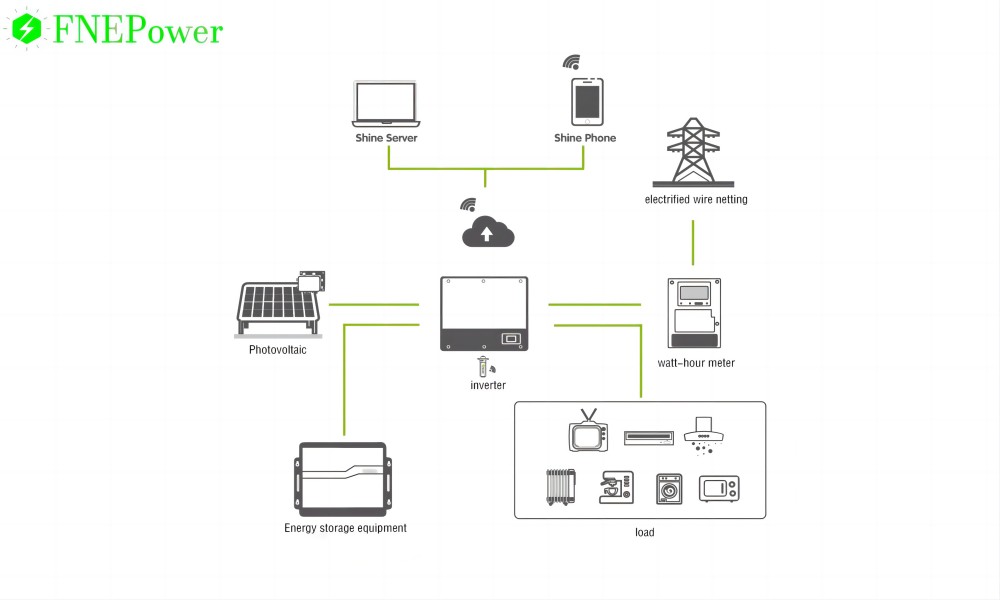
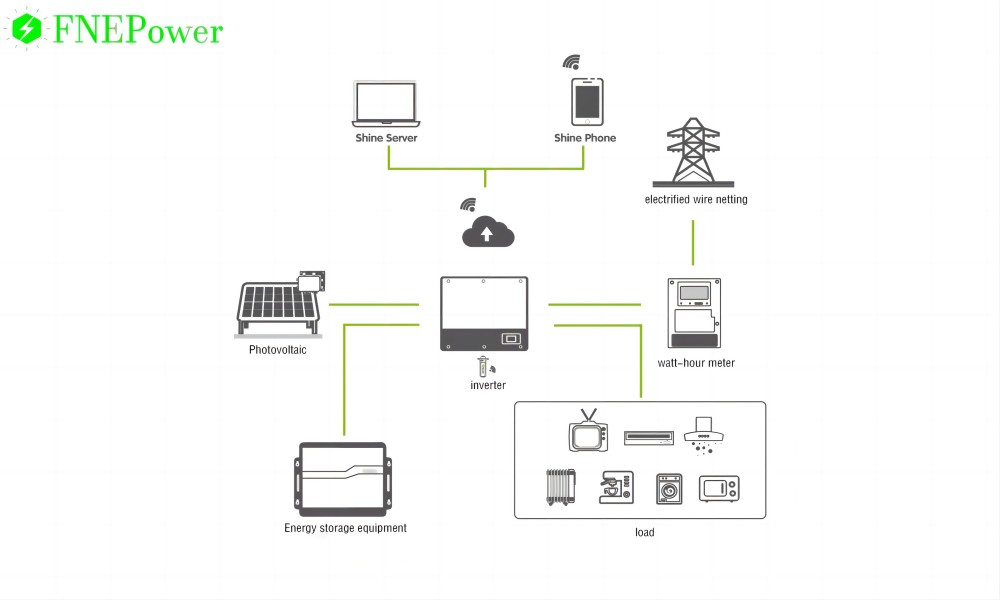

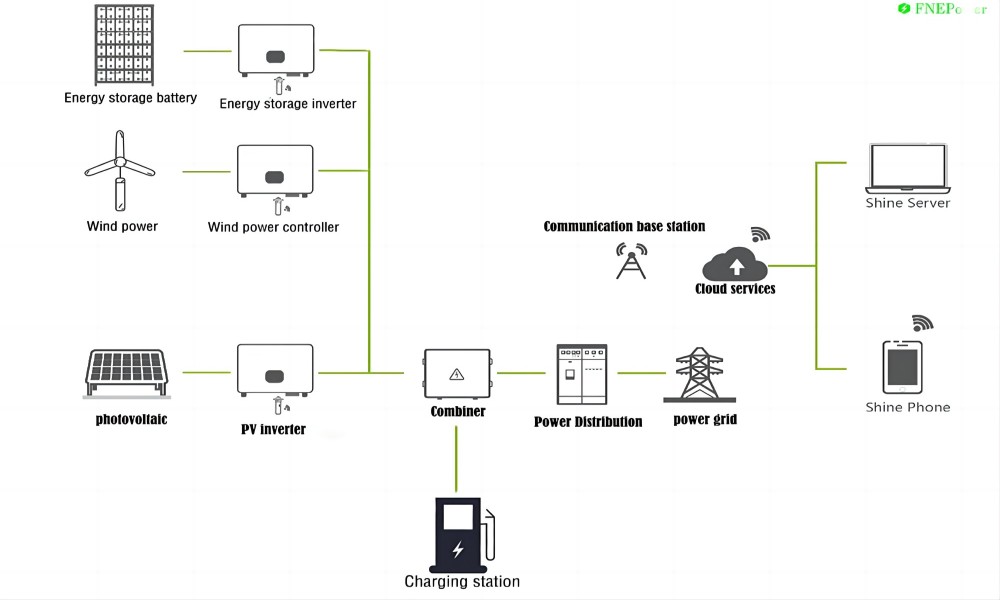




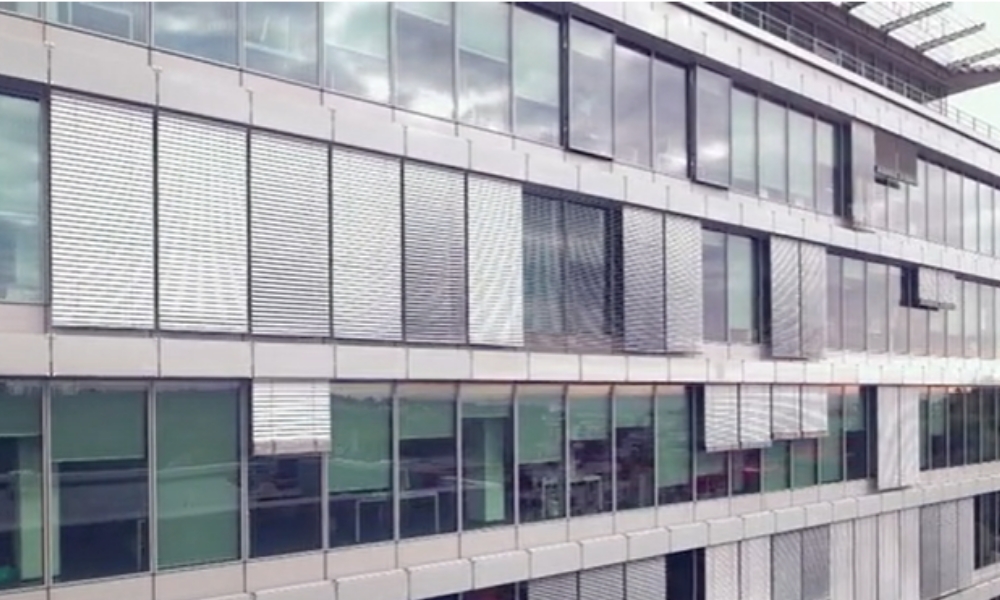

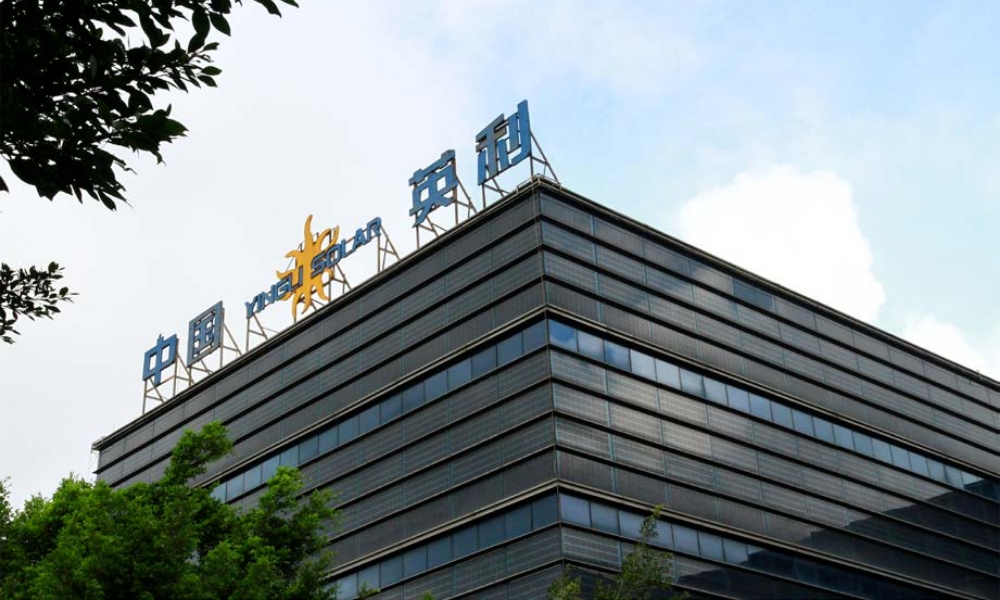
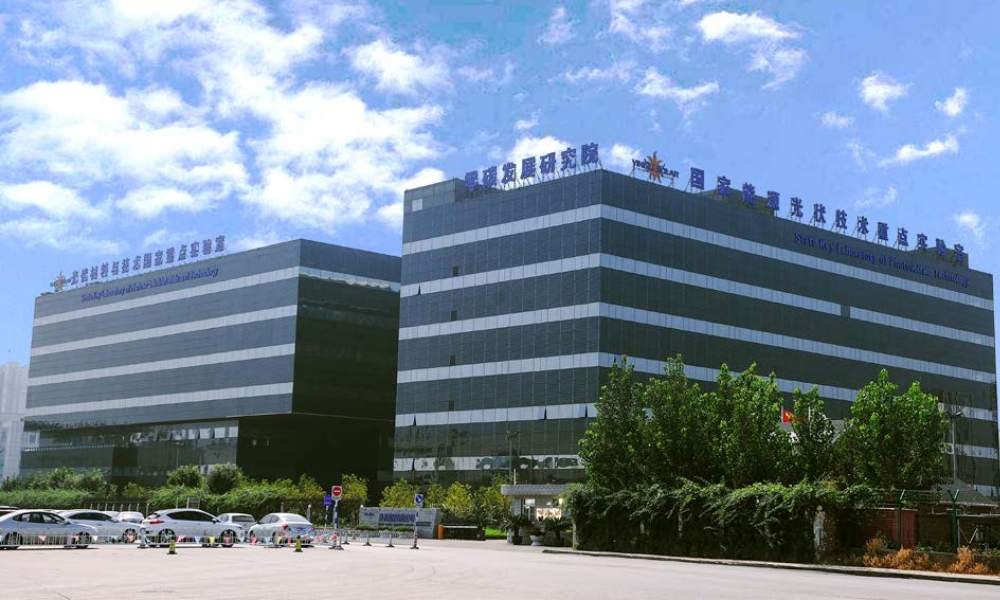
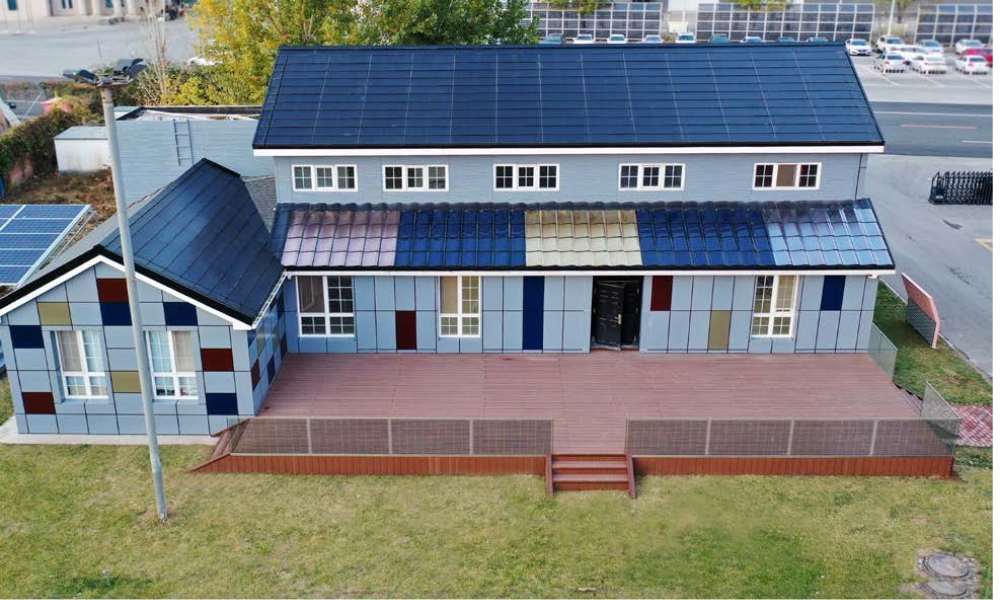
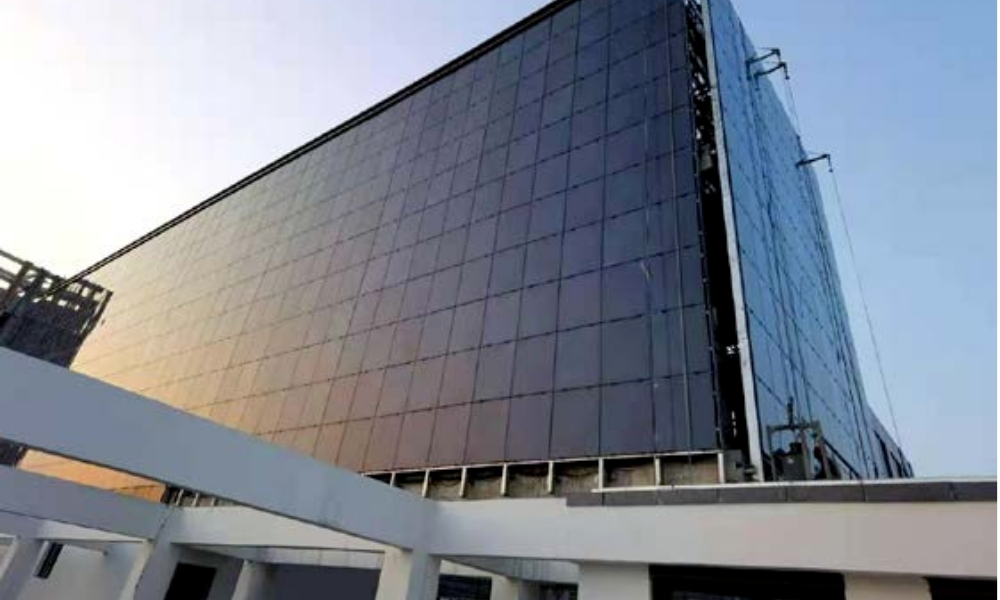





 返回列表
返回列表
